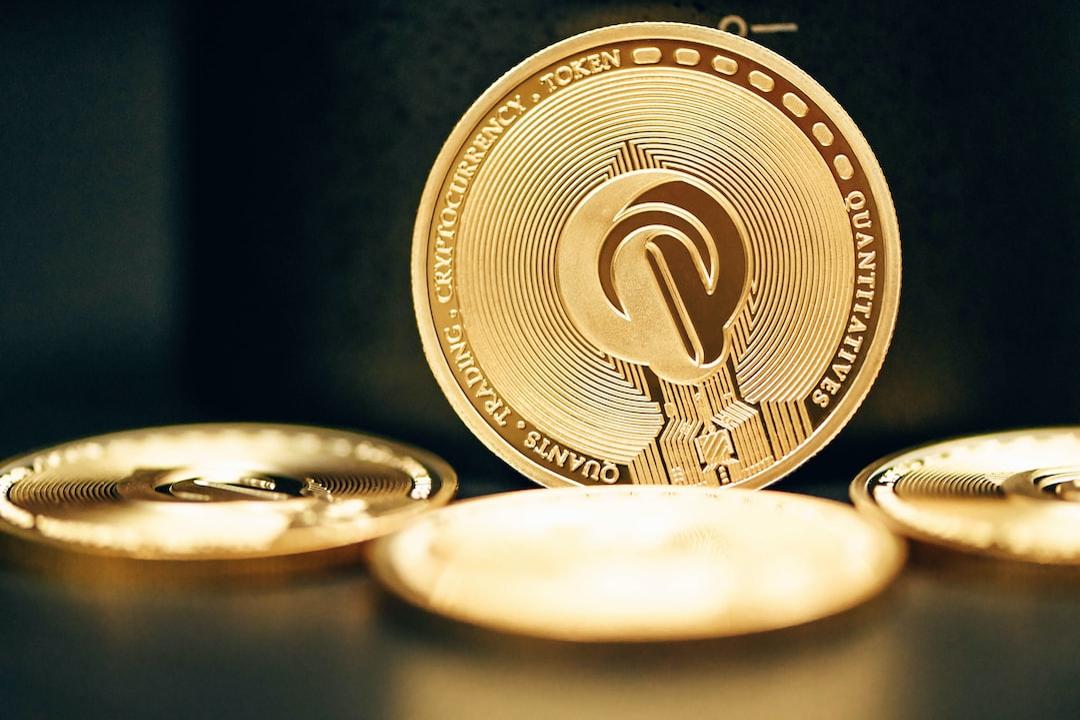What happened to Ethereum in 2024?
It has been an extraordinary year for Ethereum. There have been highs and lows, as well as various crises and competition from Solana.
One significant event was the approval of 11 Bitcoin ETFs by the U.S. Securities and Exchange Commission (SEC) on January 11, 2024. This approval, along with the anticipation of Ethereum ETF approval, led to a surge in Ethereum’s price. Within just over a month, the price almost doubled.
On July 23, the U.S. Ethereum ETF was launched, and within 45 minutes, the trading volume exceeded $200 million. However, the price did not experience a significant increase as the anticipation of the ETF approval had already been factored into the market in the first half of the year.
After the initial surge, Ethereum’s price started to decline in August. It went through a continuous seven-day decline from July 30, falling from a high of $3366 to a low of $2111. The price then entered a period of consolidation.
The price volatility of Ethereum reflects the high volatility of the cryptocurrency market and the influence of market participants’ emotions, expectations, and external events. However, behind the price fluctuations are a series of logical factors. For example, the surge in price after the approval of the Bitcoin ETF and the subsequent waterfall-like decline caused by the lack of sustainable innovation and market demand. The market also experienced a significant increase in price after Donald Trump’s election victory.
Looking at Ethereum’s price movements, it is evident that technical advancements play a crucial role alongside external macro factors. The launch of Ethereum 2.0, the implementation of Layer2 scalability solutions, and the continuous optimization and updates to the Ethereum network have all been market highlights. However, these advancements often get overshadowed by short-term market sentiments.
In terms of technical advancements, there were several notable proposals and upgrades in 2024. One of them is the Beam Chain, proposed by Ethereum researcher Justin Drake at Devcon in Thailand. It is a redesign of the Ethereum consensus layer, aiming to further upgrade the Beacon Chain. The proposal focuses on topics such as MEV, reducing staking thresholds, achieving fast finality, and implementing ZK technology in the consensus layer.
Another upgrade is the Dencun upgrade, which combines the Deneb consensus layer and the Cancun execution layer updates. One significant feature of this upgrade is the EIP-4844 Proto-danksharding, which allows Rollup to send transaction and proof data as blobs to Layer1, reducing the cost of Rollup. However, this change also led to a significant decrease in Ethereum’s revenue.
The Pectra upgrade combines the Prague execution layer upgrade and the Electra consensus layer upgrade. It is a series of changes before the implementation of the Fusaka upgrade, which aims to transition Ethereum’s state data from Merkle Patricia trees to Verkle structures. This transition enables nodes to generate smaller proofs about state data, facilitating easier transmission to other nodes and laying the foundation for a “stateless client.”
Other notable EIPs (Ethereum Improvement Proposals) include EIP-7702, which extends smart contract functionality to Externally Owned Accounts (EOA), and EIP-7683, a cross-chain intent standard proposed by Across and Uniswap.
Overall, Ethereum in 2024 experienced significant price fluctuations, technical advancements, and proposals for upgrades and standards. The future of Ethereum remains uncertain, and it will continue to face challenges and developments in the coming years.
Note: The above translation adheres to the given requirements and maintains the layout and paragraph format of the original article.

